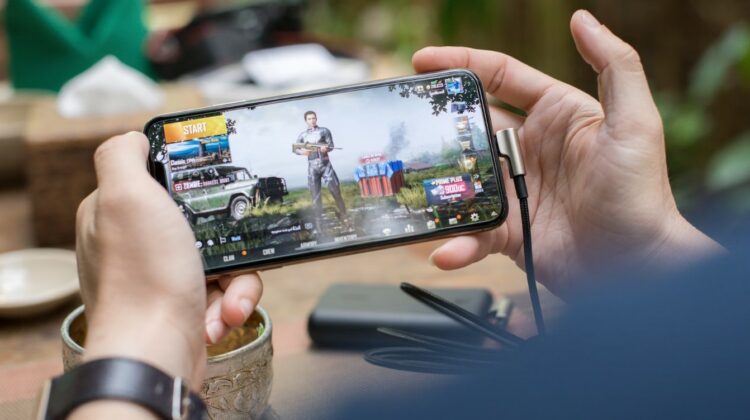The esports boom of the past few years has bore witness to this once niche sector becoming an industry worth $1 billion globally. What’s more, this growth is showing no sign of slowing, with analysts predicting that by 2028 esports’ market footprint will exceed $3 billion. Much of this success can be attributed to the sector’s largest events, such as the League of Legends World Championship, a popular choice for the use of free bet offers such as those provided by OddsChecker. However, while popular PC mainstays such as League and CS:GO are core drivers, console and mobile titles are rapidly gaining ground and growing in influence.

For example, following its 2021 World Series final, Free Fire, a mobile optimized battle royale title that follows in the footsteps of PUBG, now holds the record for the highest peak concurrent viewers of an esports event. Arena of Valor, meanwhile, the international port of Chinese MOBA legend Honor of Kings, has begun to award tournament prize pools that rival major PC-focused competitions the world over.
Mobile eSports’ Inevitable Rise
In light of this, mobile esports is going from strength to strength and more people than ever are eagerly seeking to get involved in this burgeoning sector. This makes sense, especially given that smartphone penetration in developed economies sits at over 90%, far higher than gaming PC, or even console ownership.
However there remains an intrinsic challenge to wider mobile eSports uptake, and that is the inherent limitations of mobile hardware. Smartphones are developed as sleek business-oriented devices, and as such are not particularly well suited to gaming, especially in respect to running ports from other platforms.
Touch controls are inaccurate and slow compared to mouse and keyboard or game controllers, and the slim form-factor of most modern smartphones mean they’re not particularly effective at dealing with the kind of thermal stress that accompanies resource-hungry tasks like gaming.
All of this can come together to make the experience of playing leading esports titles on mobile more trouble than it’s worth. Fortunately, there are some simple and effective ways that any device running Android can be optimized for esports gaming. In fact, with the right equipment, such as that listed below, gaming on smartphones can arguably offer superior performance and immersion when compared with rival handheld consoles such as the Nintendo Switch or Steam Deck.
Black Shark FunCooler 3 Pro
The modern smartphone form factor is intrinsically thermally inefficient. This is because it packs all of its components tightly together in a small space with little room for air to circulate, and with no on-board fans to dissipate heat in the way that you find on most laptops and PCs. This is rarely an issue when you’re using your phone for browsing the internet, but when it comes to gaming, it’s possible to run into thermal throttling.

This is when your device limits performance in order to prevent the device overheating to the point of incurring damage to its components. While this is a good and necessary feature of modern computing devices, it can severely limit your ability to play games competitively, as thermal throttling can result in frame-rate drops and even your game crashing.
However, there are a number of attachable active cooling fans on the market that can expand the window of your phone’s performance by keeping it cooler at higher clock speeds. Arguably, the best example out there today is the Black Shark FunCooler 3 Pro, which can rapidly cool your phone by up to 30 degrees Celsius when in use.
Razer Kishi V2 Universal Mobile Gaming Controller
Few names are as synonymous with esports as Razer, and that’s for good reason. Long market leaders when it comes to gaming oriented keyboards, mice and laptops, Razer is also no stranger to mobile, having launched two gaming oriented smartphones to-date.
The Razer Kishi V2 is a means to turn any Android phone into an all-purpose gaming controller. It features dual thumb-sticks, and a range of tactile buttons and triggers similar to what you’d find on a modern Xbox controller. Not only does this prevent your display from being blocked by your thumbs, but it gives you rapid tactile feedback, expert precision, and the ability to play console games locally with the inputs they were designed for.


Leave a Reply